Welcome to the jungle: sloths, toucans and bug-eyed frogs in Costa Rica
Costa Rica is packed with exotic, bright and beautiful wildlife, from bug-eyed frogs to dopey sloths. Our writer forgoes the big resorts and gets back to nature
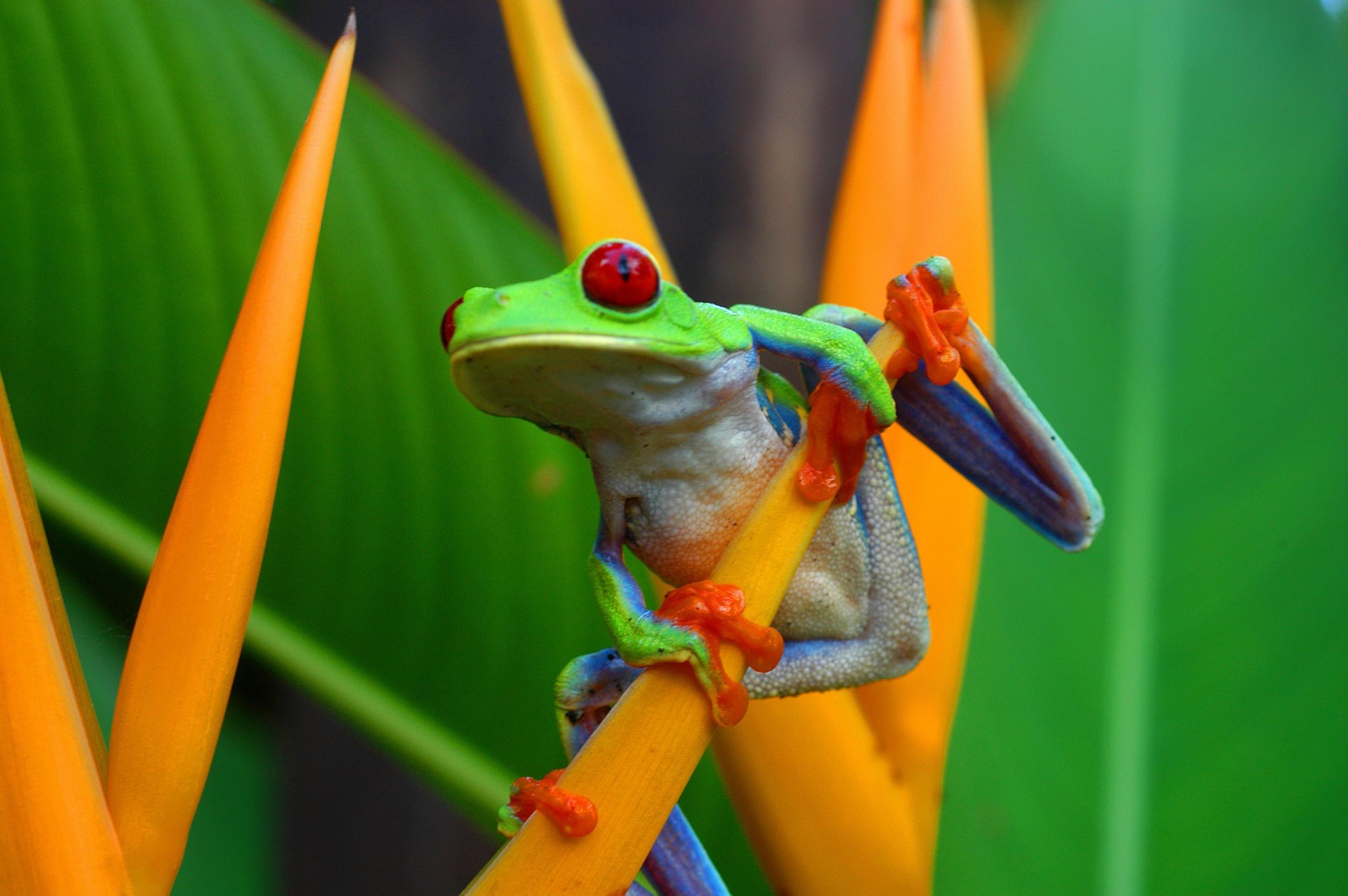
Your support helps us to tell the story
From reproductive rights to climate change to Big Tech, The Independent is on the ground when the story is developing. Whether it's investigating the financials of Elon Musk's pro-Trump PAC or producing our latest documentary, 'The A Word', which shines a light on the American women fighting for reproductive rights, we know how important it is to parse out the facts from the messaging.
At such a critical moment in US history, we need reporters on the ground. Your donation allows us to keep sending journalists to speak to both sides of the story.
The Independent is trusted by Americans across the entire political spectrum. And unlike many other quality news outlets, we choose not to lock Americans out of our reporting and analysis with paywalls. We believe quality journalism should be available to everyone, paid for by those who can afford it.
Your support makes all the difference.“Toucans!” shouts Paolo. I jolt forward, my seatbelt snapping to attention as he slams on the brakes and cranks the car into reverse, tyres kicking up dust as we pull off the road and fling open the doors.
We move with quiet urgency, creeping to the edge of a precipice, the rainforest falling away into a gorge of riotous green beneath us. And there they are, a pair of chestnut-mandibled toucans, their brash, luminous yellow beaks unmistakable atop a tree standing proud above the canopy.
“Very naughty birds,” says Paolo, grinning. My guide is clearly revelling in his latest spot. “They steal other birds’ eggs and their young.” As if on cue, a flycatcher makes a pass, trying to protect its nearby nest from these voracious predators. “Flycatchers are very territorial,” explains Paolo. “They won’t want these toucans near their young if they can help it.”
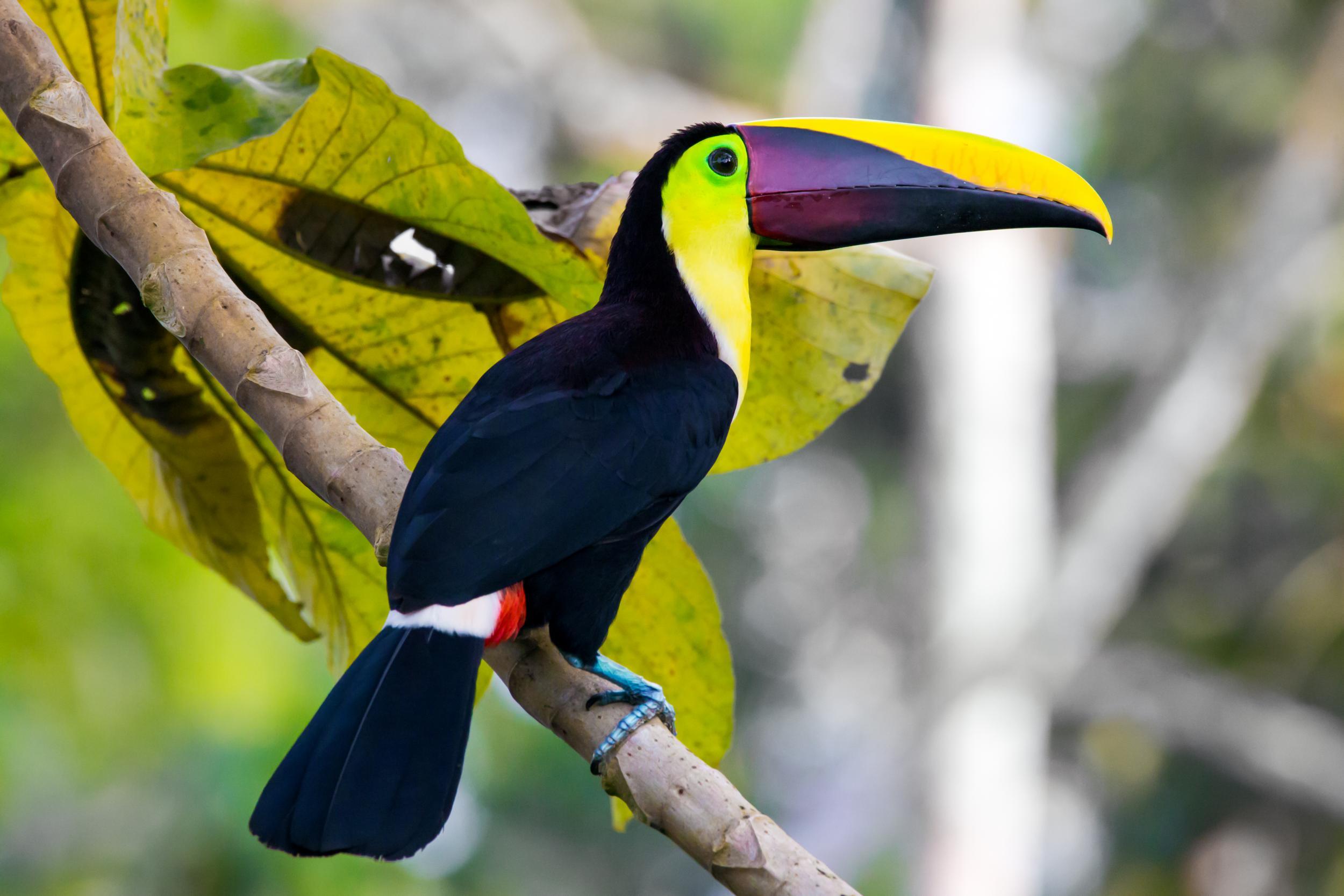
I’ve only been in Costa Rica’s Central Highlands for a couple of hours and so far this little country’s reputation for punching well above its weight – in wildlife terms, at least – does not disappoint. Despite covering just 0.03 per cent of the Earth’s surface, Costa Rica is within our planet’s top 20 most biodiverse countries – which, because of its size, gives it the highest density of biodiversity anywhere in the world.
With rainforests that drop into both the Pacific and Atlantic, and a range of towering volcanoes forming a backbone across the country, it’s the ideal place to come if you’re strapped for time but want to see some of Earth's most fascinating creatures up close – from red-eyed tree frogs to sloths. And since British Airways this year launched direct flights to capital San Jose from Gatwick, getting to this strip of Central America is now easier than ever.
We leave the toucans and the flycatcher to duke it out, making our way deeper into the cloud forest – though still only around a 90-minute drive from San Jose – towards El Silencio Lodge. Nestled in a verdant valley beneath the Poas volcano, this peaceful hotel is a great destination for nature lovers, with well-marked trails snaking up into the hills and to a series of thundering waterfalls.
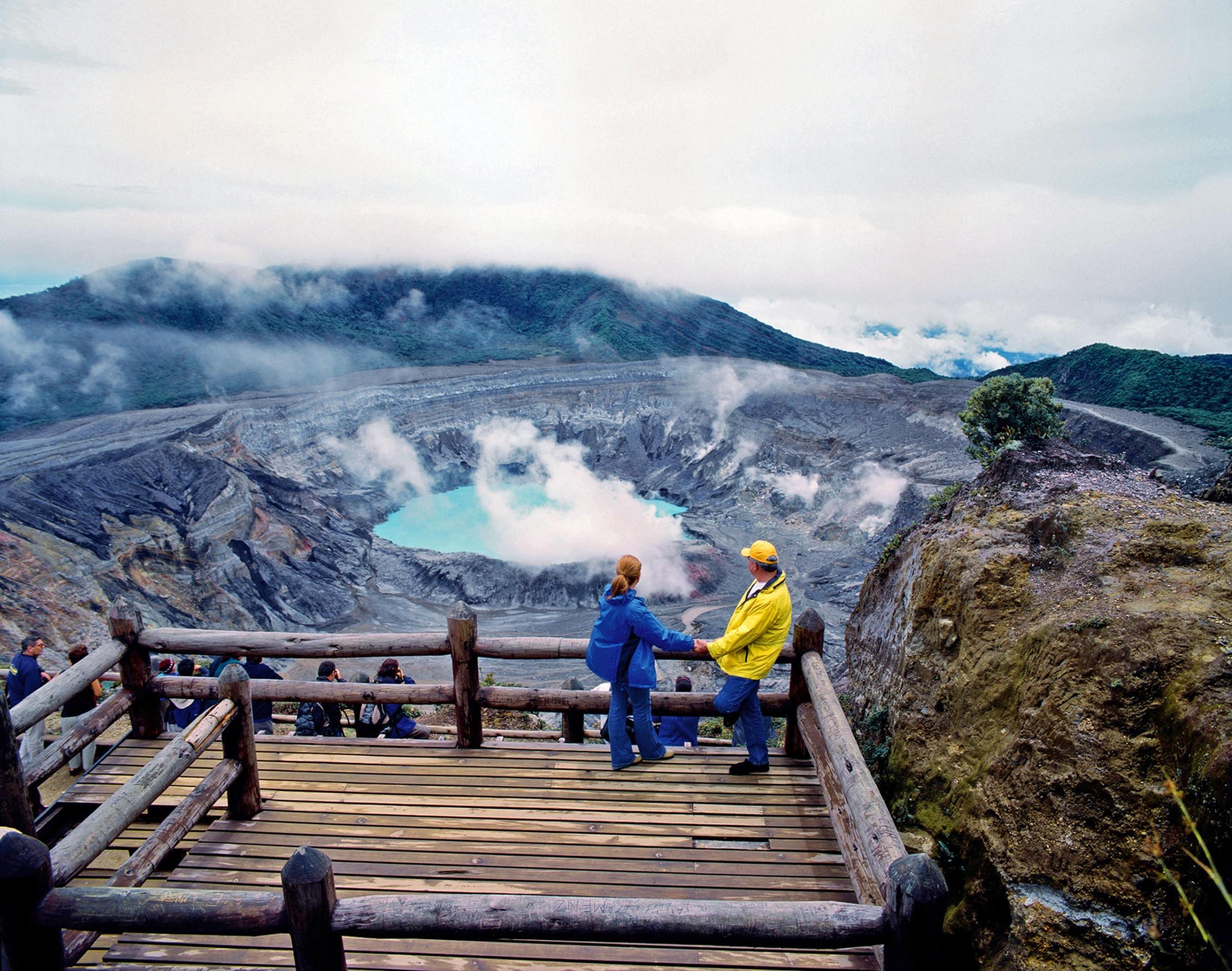
Paolo introduces me to Kenneth, one of El Silencio’s in-house guides – a trainee ornithologist who quit his computer programming degree in San Jose for a life in the Costa Rican jungle. His infectious enthusiasm has us cooing about everything from the jays darting across our path, to the impossibly tall strangling fig trees that rely on wasps for pollination.
“Those trees are native to this valley. If wasp numbers fall, they won’t survive,” Kenneth tells us solemnly. “People worry about lions and elephants, but these tiny insects are just as important.”
It’s refreshing to see how, having been gifted a brimming swag bag of natural riches, preserving them seems of utmost importance to Costa Ricans. This is, after all, a country aiming to be carbon neutral by 2021. Around 80 per cent of its power comes from hydroelectric plants. And in 2015, the country went 75 days straight without using any energy from fossil fuels.
To me, at least, everyone seems to be on board with that agenda. Every shop, bar and restaurant I visit is fanatical about recycling and cutting down on water usage, while hotels eschew miniature toiletries for bolted-to-the-wall bottles. These are small steps, but Costa Rica is a country with so much to protect, it’s no wonder it’s obsessed with sustainability.
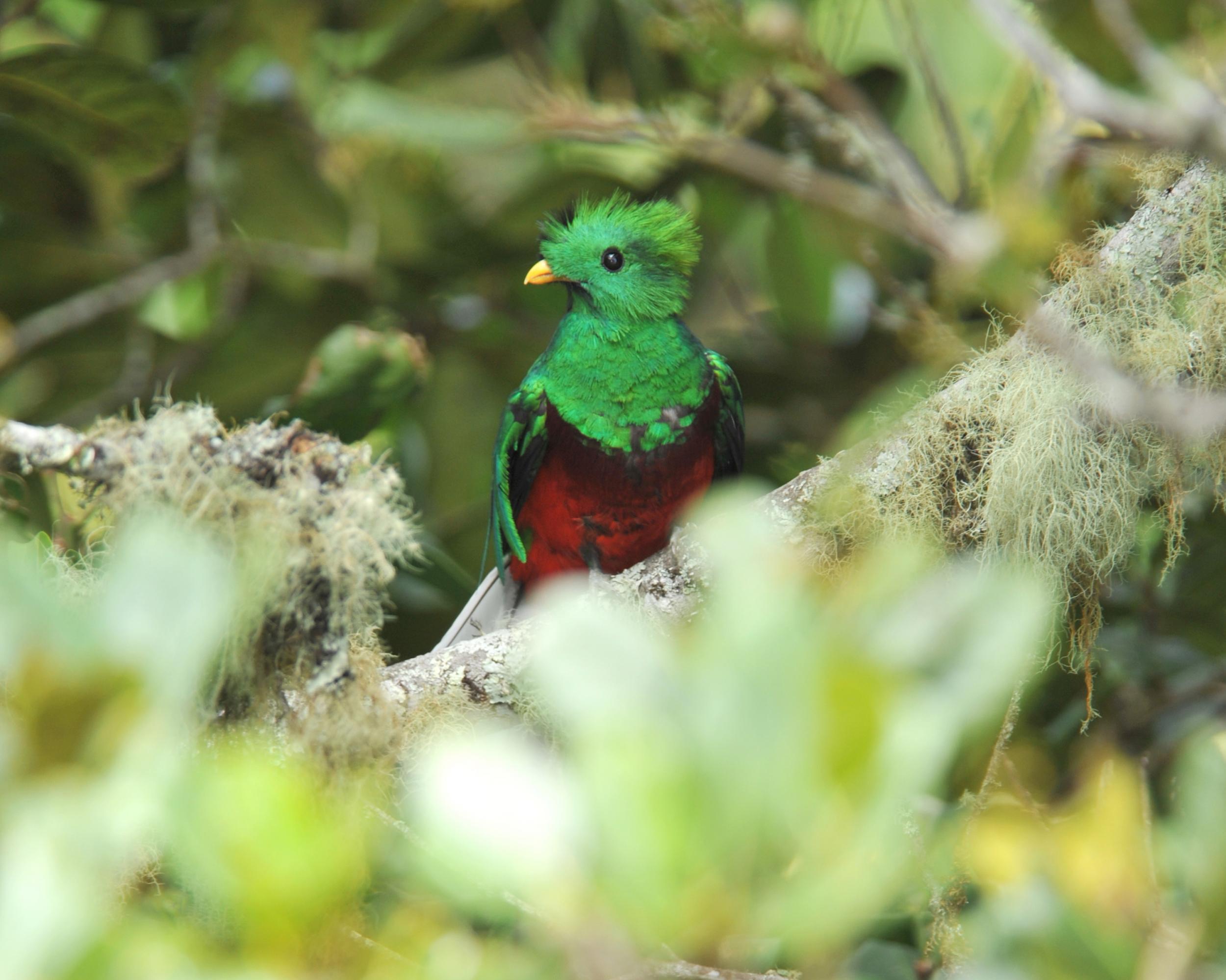
The following morning, I’m up and out by 6am for a spot of birdwatching on El Silencio’s waterfall trail with Benicio, the resort’s chief guide. We’ve got an eye out for everything from little redstarts to nightingale thrushes, but the real prize is the quetzal. With a shocking-blue plume, it’s Costa Rica’s most sought-after bird. As we tip-toe over branches, sweat pricking my back and forehead, Benicio mimics their high-pitched hooting call. Soon enough, he gets a reply.
“It’s on the far side of the valley,” he says. As we reach a clearing, we look up into the mist-grey sky to see a bird in loping flight, its long tail unmistakable.
“Quetzal,” whispers Benicio, waving manically. It heads off into the distance as he lets out another call. The replies seem to come from all around. We scour the branches with our binoculars, but come up short. Still, I chalk up my brief view as a victory and, with the heat becoming thicker, jump at the chance to cool off with a swim beneath El Silencio’s gushing waterfall. Spider monkeys screech in the trees as I breaststroke through the icy plunge pool.
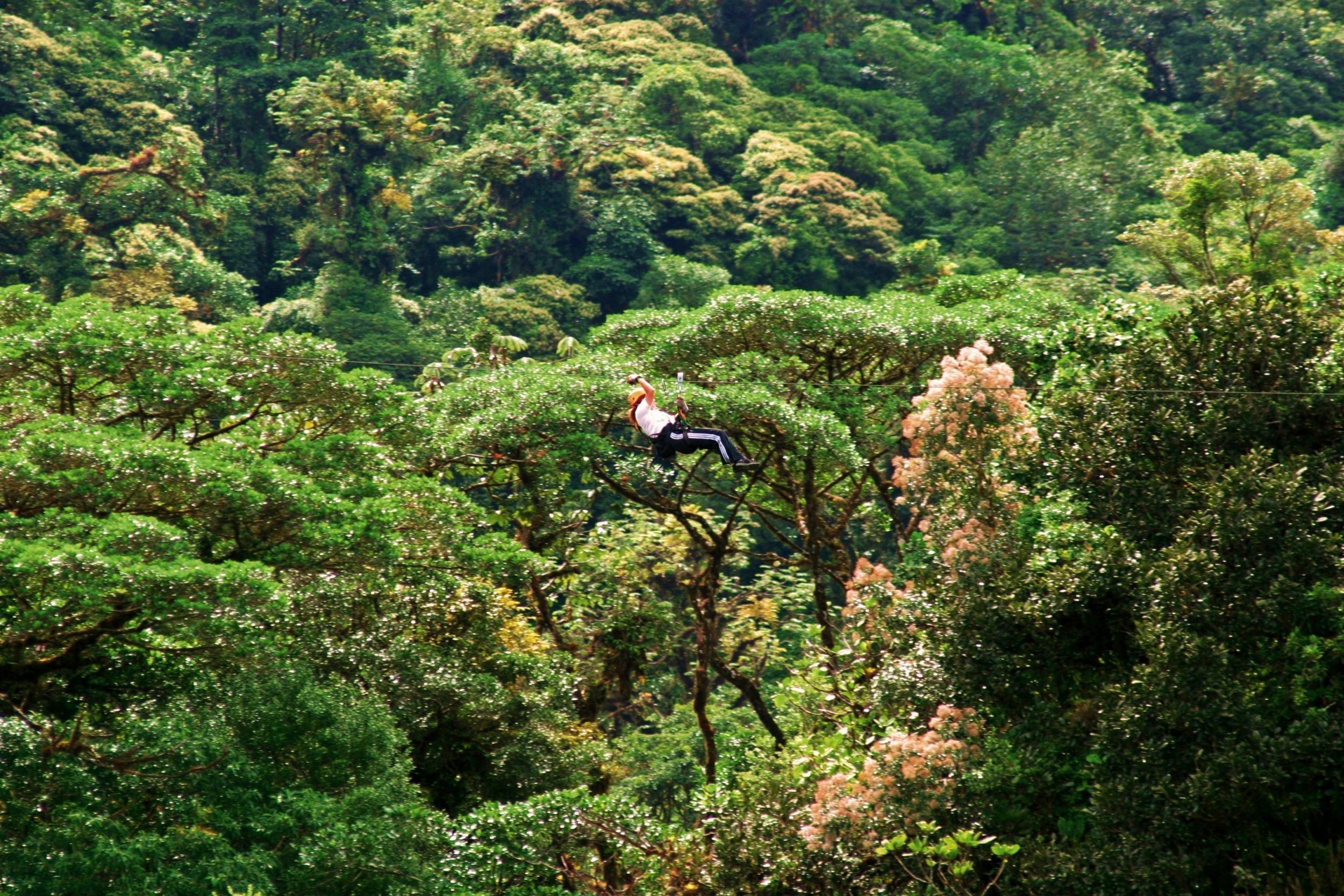
While wildlife is unquestionably Costa Rica’s calling card, a spirit of adventure also pervades. Not many tourists leave Costa Rica without first rafting its white waters, zip lining through its rainforest canopies or surfing its swells. So before Paolo drives me to Manuel Antonio National Park and a date with the country’s best-loved mammals, those winningly dopey sloths, we take a detour to the Arenal volcano.
Probably Costa Rica’s most recognised landmark, this volcano last blew its top in 1998, the surrounding crater fields attesting to the power of the lava that burst forth. It’s here that adventurers come to experience the forests of Costa Rica from on high. At the Arenal Sky Tram, I’m kitted out with a harness and helmet, clipped onto a zip line and sent flying 660ft above the canopy, Arenal looming above me and the forest far below. With the wind buffeting my face, I let out an almighty howl as the jungle views blur past me at 50mph.
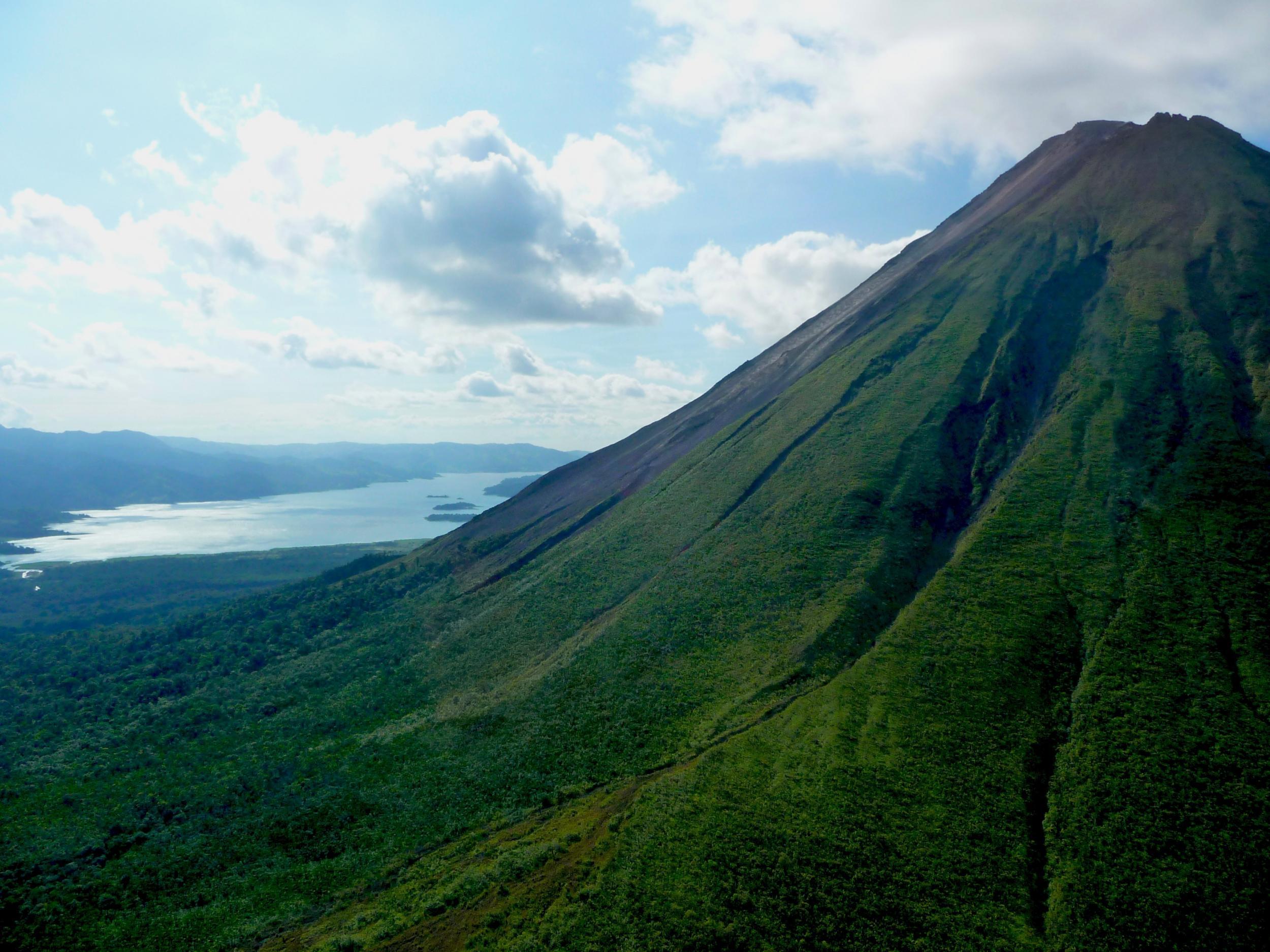
Adrenaline rush wearing off, it’s time to get back on the nature trail. On the Pacific coast, Manuel Antonio National Park, where the rainforest meets the sea, is the pristine Costa Rica of naturalist’s dreams. It may only be 20sq km, but its abundance of wildlife, lowland rainforest hiking trails and empty beaches make it the nation’s most popular park among Costa Ricans. Paolo tells me he once saw an elusive jaguar here, and its prey, a white tail deer, hanging bleeding from a tree.
While the big cats are hidden deep in this untouched primary forest, it’s not long before we get our first sight of the animal that every wildlife fanatic comes to Manuel Antonio for: the sloth. It moves ponderously from branch to branch, occasionally turning to give an uninterested look at the gawping gaggle of tourists on the trail below.
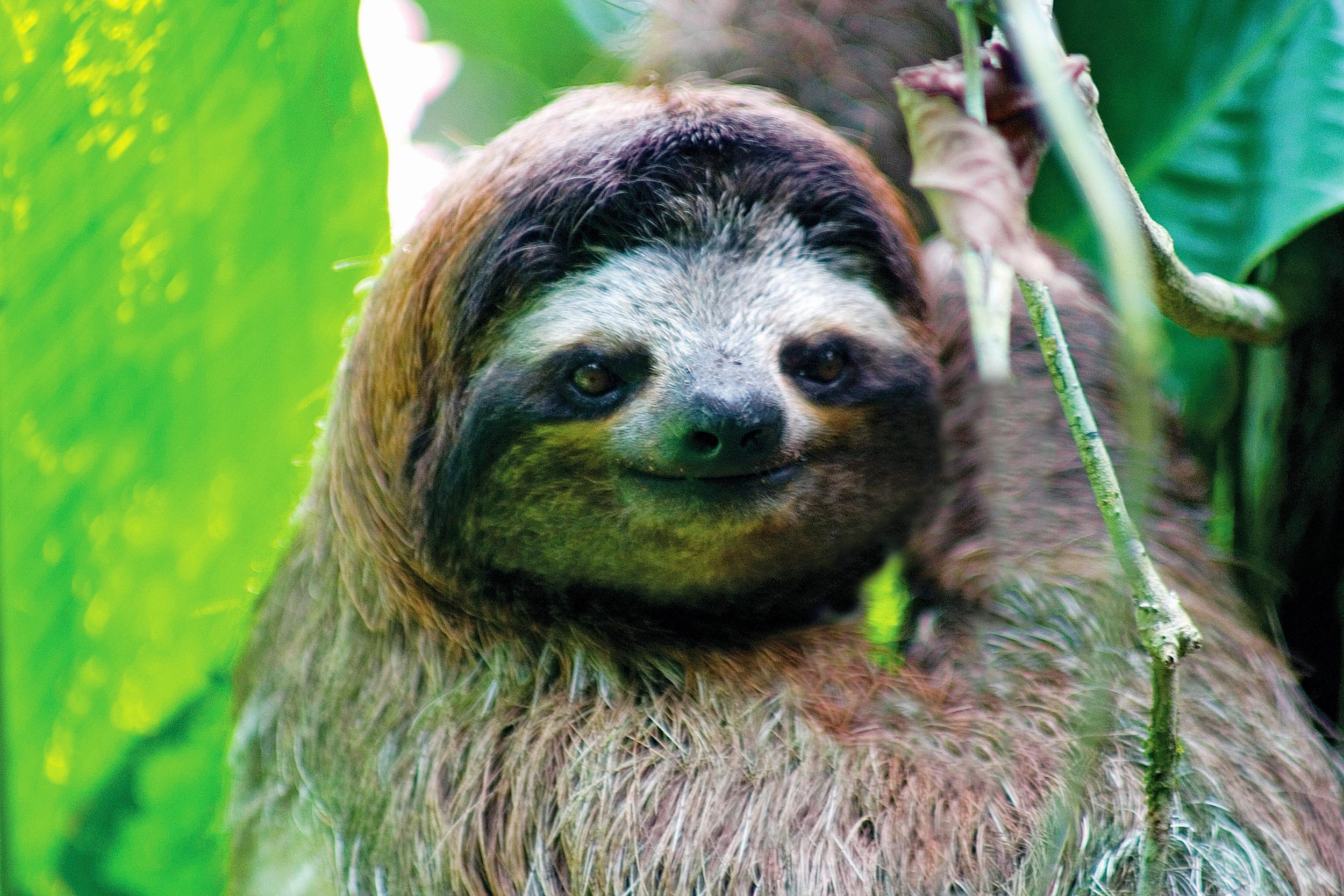
Sloth spotting is pleasingly easy. And the same can be said for white-faced capuchins. These cheeky monkeys prowl the branches at the back of the park’s sandy beaches, on the lookout for a meal from towel-lounging sunbathers. As they dart across the sand and up into the trees, we ditch our bags, strip off and dive headlong into the warm ocean.
Costa Rica might be small, but the life experiences on offer here don’t get much bigger.
Travel essentials
Getting there
Joe Minihane travelled to Costa Rica courtesy of Rainbow Tours (rainbowtours.co.uk; 020 7666 1266). A seven-night tour of the country, including direct return flights with British Airways, is available from £1,985 per person, based on travel in November 2016.
More information
Join our commenting forum
Join thought-provoking conversations, follow other Independent readers and see their replies
Comments